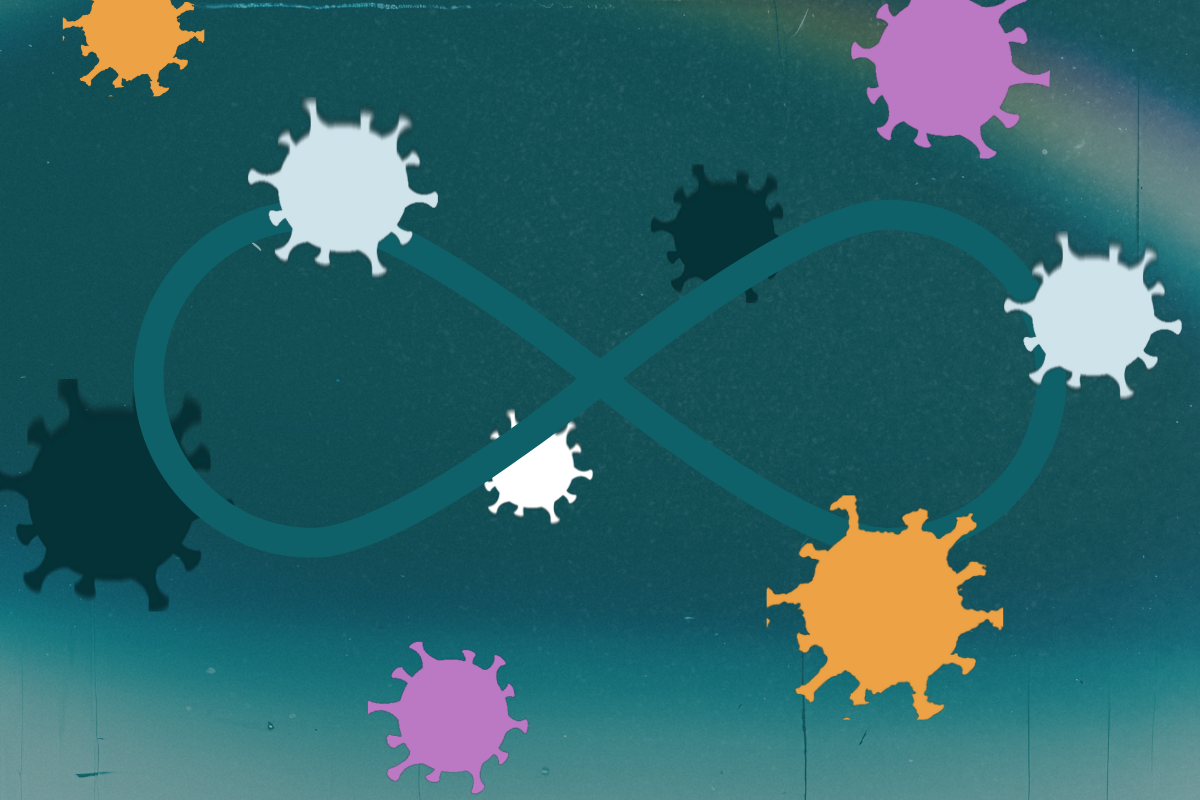

English News: Long COVID Doesn’t Always Look Like You Think It Does
[[{“value”:”
In the spring of 2023, after her third case of COVID-19, Jennifer Robertson started to feel strange. Her heart raced all day long and she could barely sleep at night. She had dizzy spells. She felt pins and needles in her arm, she says, a “buzzing feeling” in her foot, and pain in her legs and lymph nodes. She broke out in a rash. She smelled “phantom” cigarette smoke, even when none was in the air.
[time-brightcove not-tgx=”true”]
Robertson, 48, had a feeling COVID-19 might have somehow been the trigger. She knew about Long COVID, the name for chronic symptoms following an infection, because her 11-year-old son has it. But “he didn’t have anything like this,” she says. “His set of symptoms are totally different,” involving spiking fevers and vocal and motor tics. Her own experience was so different from her son’s, it was hard to believe the same condition could be to blame. “I just thought, ‘It’s really coincidental that I never got well, and now I’m getting worse,’” she says.
She saw a doctor in Cyprus, where her family was living at the time, and then in Saudi Arabia, where her husband was working. Neither visit yielded much. Then, after Robertson’s family moved to Scotland in the summer of 2023, a specialist there diagnosed with Long COVID. She is still sick—and a reinfection late last year set her back—but she has found some relief in treatments prescribed by her doctors, including heart medication and antihistamines.
Robertson’s story highlights the many challenges of detecting, diagnosing, and treating Long COVID. It affects people from all walks of life and produces a vast array of symptoms that can range in severity from mild to life-altering. And because there are so many forms Long COVID can take, it can be difficult for patients and doctors to know what’s going on.
That means many people aren’t getting diagnosed or treated, says Nisreen Alwan, a professor of public health at the U.K.’s University of Southampton who studies Long COVID (and has had the condition herself). Alwan’s research suggests there is “considerable self-doubt” among Long COVID patients, with many people questioning if they should get medical care or have the condition at all. That may be in part because media coverage tends to showcase a specific type of patient—someone who is very sick, potentially to the point of being bed-bound, and battling extreme fatigue and brain fog—so people with milder or more unusual symptoms aren’t sure whether their illness counts as Long COVID, Alwan says.
It’s hard to blame people for being confused. Long COVID is so broadly defined that virtually any unexplained health issue that comes after a case of COVID-19 and lasts at least a couple months could fit the bill. More than 200 symptoms have been linked to Long COVID—everything from insomnia and hallucinations to tremors and gastrointestinal issues—and they often look very different from those of an acute COVID-19 case. Further complicating matters, some people feel better for weeks or months after their initial infection before their health deteriorates.
Research suggests certain symptoms are particularly telltale signs of Long COVID, including fatigue, energy crashes after physical or mental exertion, brain fog, chronic cough, and changes to smell and taste. (These symptoms are also among those the U.S. Centers for Disease Control and Prevention says are most common.) But there’s no universal experience of Long COVID, says Dr. Leora Horwitz, a professor at the NYU Grossman School of Medicine who researches the condition through the federal RECOVER Initiative. “Undoubtedly, there are [patients] who have maybe only one of these symptoms, or maybe a totally different symptom,” Horwitz says.
Symptom severity can vary widely, too. Some people are disabled due to Long COVID, while others live fairly normal lives—at least outwardly. Some people’s symptoms also wax and wane, varying from day to day or going dormant for a while before coming back.
Research suggests about a quarter of the millions of U.S. adults with Long COVID report “significant activity limitations” that affect their ability to work, take care of their families, or carry out other day-to-day tasks. But many people have problems that don’t quite meet that bar, according to a 2023 study that identified four levels of Long COVID: “a few lingering issues,” “significant physical symptoms,” “ongoing mental and cognitive struggles,” and “numerous compounding challenges.” In a group of about 600 Long COVID patients, more than 100 fell into each category, which shows the diversity of Long COVID experiences, says study co-author Keri Vartanian, who leads the Center for Outcomes Research and Education at the multi-state Providence health system.
It’s important for both patients and clinicians to know that Long COVID can take so many different forms, Vartanian says, because recognition is the first step to diagnosis and treatment. Lots of people suffer from many disparate health problems, but it “might not be a multitude of symptoms that somebody is experiencing,” Vartanian says. “It might be one or two things. It might be mental health and only mental health.”
Even if someone is properly diagnosed, of course, there’s no promise that they’ll completely recover—as of now, there’s no cure for Long COVID. Even so, some post-COVID complications, such as damage to a specific organ, can be effectively treated, says Dr. Stanley Martin, an infectious disease doctor who treats Long COVID patients at Geisinger Medical Center in Pennsylvania. Some symptoms that can’t be cured can also be managed to improve overall well-being, he says. (And if someone’s symptoms turn out to be related to something other than Long COVID, that’s worth knowing, too.)
“This isn’t like strep throat, where I’m going to give you a week of penicillin and you’re going to be a new person,” Martin says. “This is going to happen over months and months and months, but we expect and hope to see gradual progress.”
At the very least, receiving a Long COVID diagnosis can provide mental relief. That was the case for Lisa Vargas, a 51-year-old in Washington State who developed Long COVID in 2022. At first, she was so confused and scared by her symptoms—including extreme nausea after eating, stomach pain, excessive mucus production, fatigue, and brain fog—that she hesitated to even tell her family. At times, she wondered if she had dementia.
After being repeatedly dismissed by her primary care doctor, she finally saw a physician who referred her to a Long COVID clinic in Oregon. She’s now gotten some treatments that help, at least temporarily—but just as importantly, Vargas says, she no longer feels isolated by her disease.
“Even when you feel like you’re the most alone because you have the most weird, obscure thing going on,” she says, “I guarantee someone else has it.”
“}]]
The condition’s symptoms and severity can vary widely.
Uncategorized, COVID-19, healthscienceclimate
Health – TIME




